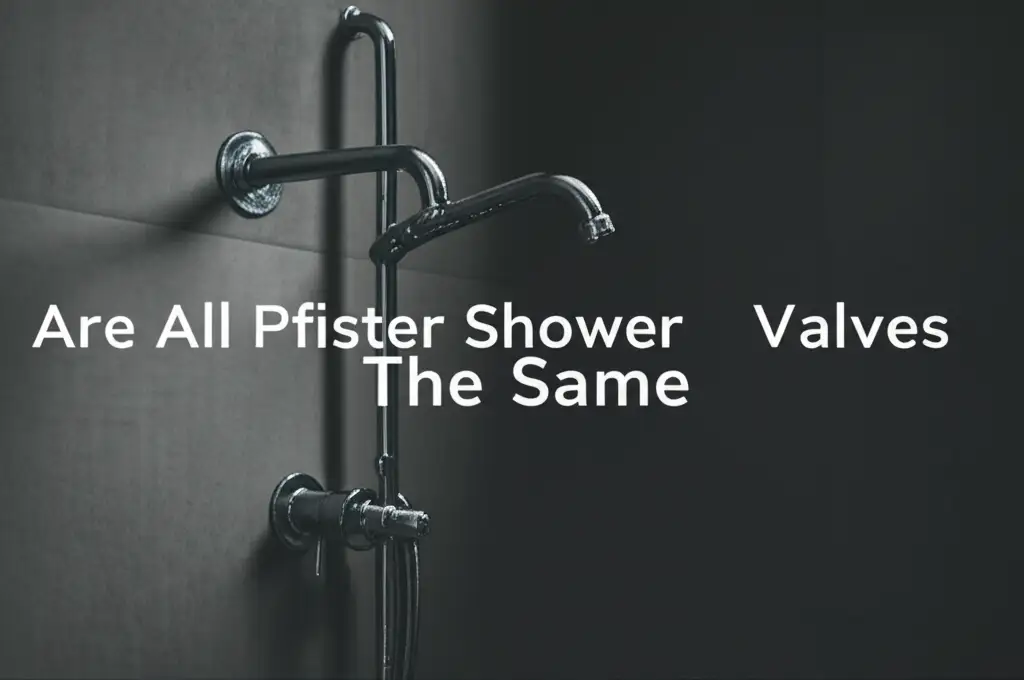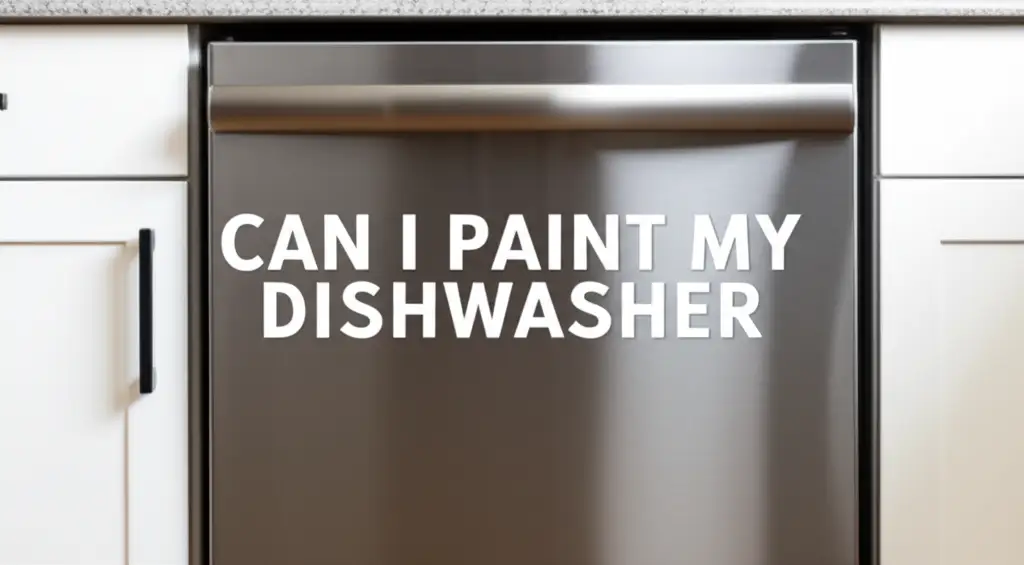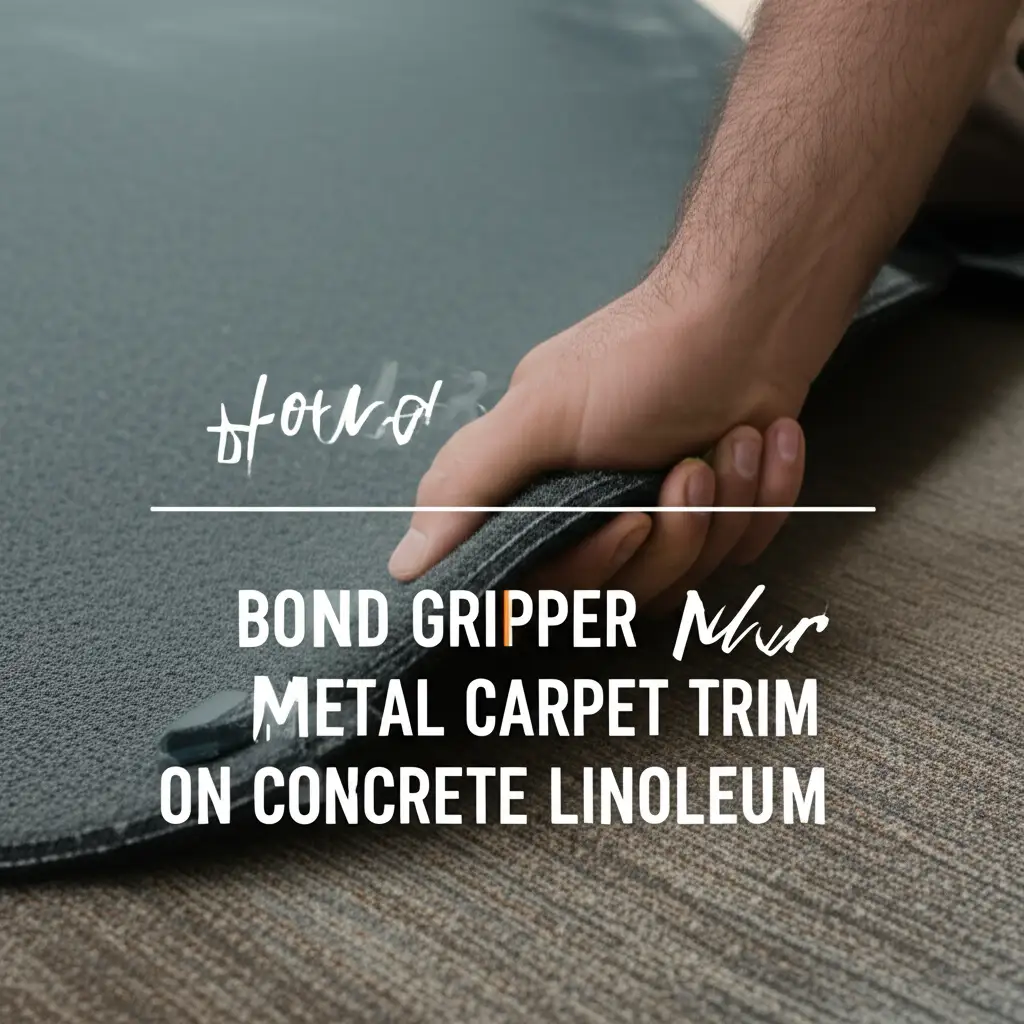· Elira Thomsen · Home Improvement · 17 min read
Are All Pfister Shower Valves The Same

Are Pfister Shower Valves Truly Alike?
Have you ever wondered if shower parts are interchangeable? Many people ask this about Pfister shower valves. You might think all valves from one brand are the same. This idea seems simple. However, it often leads to surprises. I want to help you understand this topic better.
Pfister makes many types of shower valves. Each valve serves a specific purpose. Knowing the differences helps you pick the right one. It also helps you perform repairs correctly. In this article, we will look closely at Pfister shower valves. We will explore their types, features, and compatibility. We will also cover installation and maintenance. You will gain a clear understanding by the end.
Takeaway
- Pfister shower valves are not all the same. They vary in type, function, and design.
- Compatibility matters for replacement. A new valve or part must match your existing setup.
- Different valves control water differently. Some manage pressure, others manage temperature.
- Understanding valve types helps with repairs. You can identify the right part needed.
- Proper installation ensures safety and function. Always match the rough-in valve to the trim kit.
No, Pfister shower valves are not all the same. They come in many types. Each type has specific functions and designs. Different models also have varying compatibility. This means you cannot always use parts interchangeably. You must select the correct valve for your shower system.
Understanding Different Pfister Shower Valve Types
Pfister offers a variety of shower valves. These valves control water flow and temperature. Each type meets different shower system needs. Knowing these types is important. It helps you choose or replace a valve correctly.
Pressure Balance Valves
Pressure balance valves are common in homes. They maintain a steady water temperature. They do this even when water pressure changes. For example, if someone flushes a toilet, the hot water flow may drop. This valve quickly adjusts the cold water flow. It prevents sudden temperature shifts. This keeps your shower comfortable. It also protects you from scalding water. I find this feature very important for daily use.
These valves use a spool or diaphragm. The spool moves to balance the pressure. It ensures a consistent temperature mix. This design makes your shower safer. It is a good choice for family bathrooms. You will often see them in standard shower installations.
Thermostatic Shower Valves
Thermostatic shower valves offer precise temperature control. You set a specific temperature, say 100 degrees Fahrenheit. The valve then holds that temperature. It mixes hot and cold water precisely. It adjusts immediately to any changes in water supply. This provides a very consistent shower experience. I enjoy the exact control these valves offer.
Thermostatic valves use a wax or bimetallic element. This element expands or contracts with temperature. It adjusts the hot and cold water inlets. This system provides superior comfort. It is often found in luxury showers. Some models also have anti-scald protection. They prevent water from getting too hot, even if the cold water supply fails.
Diverter Valves
Diverter valves direct water flow. They send water to different shower components. For example, they can switch water from a showerhead to a tub spout. They can also switch to a handheld sprayer. Some systems use a separate diverter valve. Other systems integrate it into the main mixing valve. I have seen both setups in homes.
A two-way diverter valve directs water to two places. A three-way diverter can send water to three. This allows for multi-function shower systems. You can add a second shower head or a body spray. The diverter valve controls which component receives water. This adds versatility to your shower.
Key Features and Functions of Pfister Valves
Pfister shower valves come with various features. These features define how the valve works. They also impact how you use your shower. Understanding them helps in selection or repair. I always look at these details before making a choice.
Cartridge and Operation
The cartridge is the heart of a Pfister shower valve. It controls water flow and temperature. Different Pfister valve models use different cartridge types. Some cartridges are ceramic disc. Others are pressure balanced or thermostatic. When a shower leaks or has temperature issues, the cartridge is often the problem. Replacing the cartridge can fix these issues. This is a common repair for many homeowners.
The design of the cartridge affects how the valve operates. A single handle valve uses one cartridge. This cartridge controls both temperature and flow. Two-handle or three-handle valves use separate cartridges. One might control hot water. Another might control cold water. A third might be a diverter cartridge. These differences mean parts are not interchangeable. You must use the correct Pfister cartridge for your specific valve model.
Handle Configurations
Pfister shower valves come with different handle setups. The most common is a single handle. This handle adjusts both water temperature and volume. You rotate it for temperature and pull it out for flow. This design is very popular. It offers simple operation. I find single handle valves easy to use.
Some Pfister valves feature multiple handles. A two-handle setup usually has one handle for hot and one for cold. You mix them to get your desired temperature. A three-handle setup might add a third handle for a diverter. This diverter switches water between the tub spout and showerhead. Multi-handle systems allow more precise control over temperature and flow separately. They are common in older homes. If you plan to add a second shower head, your valve’s handle configuration and internal diverting capabilities become very important.
Flow Rates and Temperature Control Mechanisms
Flow rate describes how much water exits the showerhead per minute. Pfister valves are designed to deliver specific flow rates. Some valves offer higher flow for a powerful shower. Others are designed for water efficiency. They meet regulations for reduced water usage. This is an important consideration for many people. I often check flow rates to save water.
Temperature control mechanisms vary significantly. Pressure balance valves react to pressure changes. They maintain a consistent temperature mix. Thermostatic valves actively sense and adjust temperature. They keep the water at your exact setting. Some valves also include adjustable temperature limit stops. This feature prevents scalding water. It lets you set a maximum hot water temperature. This is a safety feature especially useful for families with children.
Compatibility and Interchangeability Considerations for Pfister Valves
When dealing with Pfister shower valves, compatibility is key. You cannot just swap any valve or part. Specific models work only with specific components. Understanding this prevents installation problems. It also saves you time and money.
Rough-in and Trim Kit Compatibility
A shower valve system has two main parts. There is the rough-in valve and the trim kit. The rough-in valve installs behind the wall. It connects to your plumbing lines. The trim kit is the visible part. It includes the handle, escutcheon plate, and showerhead. Pfister designs specific trim kits for specific rough-in valves. They must match perfectly.
You cannot mix and match these parts. A trim kit from one Pfister series will not fit a rough-in valve from another. For example, the 0X8 series valve needs 0X8 series trim. This ensures proper fit and function. If you replace an old valve, you need to know its series. This helps you find the correct new rough-in valve or trim. I always check compatibility charts. This prevents a lot of frustration during installation. Think of it like replacing other water valves; knowing the specific type is always crucial, whether it’s for a shower or even how to replace water valves for a washing machine.
Generational Differences
Pfister updates its valve designs over time. Older models may use different internal parts. Newer models might have improved cartridges or body designs. This creates generational differences. An old Pfister valve from the 1990s will not use the same cartridge as a new one. Even if they look similar on the outside, their internals can be very different.
When buying replacement parts, verify the valve’s age. Look for model numbers or series names. These details help you find the correct part. Sometimes, an older valve may no longer have parts available. In such cases, you might need to replace the entire rough-in valve. This involves opening the wall. It is a bigger job but sometimes necessary. I always recommend checking part availability before starting a repair.
Universal vs. Specific Valve Bodies
Some brands offer “universal” valve bodies. This means one rough-in valve body can accept different trim styles. Pfister does have some series that offer this flexibility within their own line. However, a Pfister universal body is not universal across all brands. It is still specific to Pfister’s own trim series.
It is rare for one brand’s valve body to work with another brand’s trim. There are no industry-wide universal standards for rough-in valves. Each manufacturer uses its own dimensions and connection points. This protects brand specificity. Always stick to Pfister rough-in valves and Pfister trim kits. This ensures a proper and leak-free installation. Mixing brands leads to fit issues and leaks.
Why Pfister Shower Valves Vary in Design and Purpose
Pfister designs its shower valves to meet diverse needs. Not all bathrooms are the same. Not all users have the same preferences. These differences lead to a wide range of valve designs. Each design serves a specific purpose.
Specific Application Needs
Showers come in various configurations. Some bathrooms have a shower-only setup. Others combine a shower and a bathtub. Each setup requires a specific valve type. A tub and shower combination valve often includes a diverter. This diverter sends water to either the tub spout or the showerhead. A shower-only valve might not need a diverter built in. It sends water directly to the showerhead.
Pfister also makes valves for specific uses. For example, some valves are ADA compliant. This means they meet accessibility standards. They are easier for people with limited mobility to operate. Some valves also focus on water saving. They restrict flow to conserve water. This helps reduce utility bills. I always consider the specific application when selecting a valve. It ensures the valve performs as needed.
Aesthetic and Ergonomic Designs
Beyond function, appearance matters too. Pfister offers many styles and finishes for its valves. You can find modern, traditional, or contemporary designs. These designs match different bathroom aesthetics. The trim kit, which includes the handle and escutcheon, defines the look. The rough-in valve stays hidden behind the wall.
Ergonomics also plays a role in valve design. Some handles are easier to grip. Some offer smoother operation. Single-handle designs are simple. They require less hand movement. Multi-handle designs offer more precise control. They might be preferred by some users. Pfister balances beauty with ease of use. This allows you to choose a valve that looks good and works well. I personally like valves that are both stylish and practical.
Addressing Water Pressure and Temperature Challenges
Different regions have different water pressure levels. Pfister designs valves to work well in various pressure environments. Pressure balance valves protect against sudden pressure drops. They prevent temperature spikes. This is critical in homes with older plumbing. It is also important in buildings with shared water lines.
Some valves are engineered for specific temperature control needs. Thermostatic valves are ideal for consistent, precise temperatures. They are great for luxury showers or sensitive users. They adjust quickly to changes in hot or cold water supply. This ensures a constant shower temperature. This level of control is a significant design differentiator among Pfister’s offerings. It guarantees comfort and safety for diverse plumbing conditions.
Installation and Replacement Best Practices for Pfister Valves
Installing or replacing a Pfister shower valve is a crucial task. Doing it correctly ensures proper function and prevents leaks. It also protects your home from water damage. I always stress the importance of following best practices.
DIY vs. Professional Installation
You can do some plumbing tasks yourself. Replacing a shower valve cartridge might be a DIY job. However, replacing the entire rough-in valve is more complex. It often requires opening the wall. This involves cutting pipes and making new connections. If you are not experienced, I recommend hiring a professional plumber. They have the right tools and expertise. They can ensure the installation is safe and up to code.
A professional plumber can also advise on the best valve for your needs. They can assess your existing plumbing system. This prevents costly mistakes. They also provide peace of mind. For simple cartridge replacements, you can often follow online guides. Just make sure you get the exact replacement part. Remember, a wrong part can cause more problems.
Essential Tools and Preparation
Before starting any valve work, gather your tools. You will need a screwdriver set, an adjustable wrench, and pliers. Pipe cutters and a soldering torch may be necessary for rough-in replacement. Always turn off the main water supply to your house first. Drain the pipes by opening faucets. This prevents water spills.
Prepare your workspace. Protect the shower area from debris. Cover the drain to prevent dropping small parts. Read the Pfister installation instructions carefully. Each valve model has specific steps. Do not assume all installations are the same. Proper preparation makes the job smoother. It helps avoid unforeseen issues. Always prioritize safety during any plumbing project.
Step-by-Step Replacement (General Overview)
Replacing a Pfister shower valve typically follows these general steps:
- Turn off water: Locate your main water shut-off valve. Turn it off.
- Access the valve: For a cartridge, remove the handle and escutcheon plate. For a rough-in valve, you might need to open the wall.
- Remove old valve/cartridge: Follow specific instructions for your model. Use appropriate tools. Be careful not to damage pipes.
- Clean the area: Remove any mineral buildup or debris.
- Install new valve/cartridge: Lubricate O-rings if needed. Push the new cartridge in firmly. Tighten connections for a new rough-in valve. Make sure all connections are secure and leak-free. Consider the type of piping, whether it’s ABS vs PVC shower drain, as the connection methods might differ.
- Reassemble trim: Attach the escutcheon plate and handle.
- Turn on water: Slowly turn the main water supply back on. Check for leaks.
- Test the valve: Ensure proper water flow and temperature control.
This overview is simplified. Always refer to your specific Pfister valve’s manual. Each step requires attention to detail.
Maintaining Your Pfister Shower Valve for Optimal Performance
Regular maintenance extends the life of your Pfister shower valve. It also ensures it works correctly. Neglecting maintenance can lead to issues like leaks or poor temperature control. I always advise homeowners to follow simple care routines.
Regular Cleaning and Care
Mineral deposits can build up on valve components. This happens especially in areas with hard water. These deposits can affect how the valve operates. They can cause stiff handles or reduced water flow. Regularly cleaning the visible parts of your shower valve helps. Wipe down the handle and trim plate. Use a soft cloth and a mild cleaner. Avoid abrasive cleaners. They can damage the finish.
For internal cleaning, you might need to remove the cartridge. Soaking the cartridge in vinegar can dissolve mineral buildup. Do this only if you are comfortable with the process. Refer to your valve’s manual for specific cleaning instructions. Proper cleaning keeps your valve moving smoothly. It prevents internal wear over time. This also helps you keep your shower looking great, along with caring for your tile shower floor or even special surfaces like travertine tile showers.
Checking for Leaks and Drips
A leaking shower valve wastes water. It can also cause water damage behind the wall. Periodically check your Pfister shower valve for any signs of leaks. Look for drips from the handle or escutcheon plate. Listen for dripping sounds even when the shower is off. A persistent drip usually indicates a worn-out cartridge.
If you notice a leak, address it promptly. Often, replacing the cartridge resolves the issue. Small leaks can become big problems quickly. Water damage behind walls is expensive to repair. Fixing a leak early saves you money. I encourage immediate action when I spot any drip. This simple check protects your home.
When to Consider Professional Inspection
Sometimes, problems are complex. You might have inconsistent water temperature. The water flow might be too low. You might hear strange noises from the pipes. These issues could point to a faulty valve. They could also indicate problems with your home’s main plumbing system.
If you cannot identify the problem, call a plumber. A professional can diagnose issues quickly. They have specialized tools and knowledge. They can tell you if you need a new valve. They can also recommend repairs for other plumbing issues. Investing in professional inspection saves you from bigger headaches. It ensures your shower functions perfectly. This proactive approach applies to all parts of your shower, including how you care for specific materials like onyx showers.
Troubleshooting Common Issues with Pfister Shower Valves
Even with good maintenance, Pfister shower valves can develop issues. Knowing common problems helps you identify them. You can then decide if you can fix it or need professional help. I have seen many of these issues in my experience.
Inconsistent Water Temperature
One common problem is water temperature fluctuation. You set the temperature, but it changes suddenly. The water might turn very hot or very cold. This often points to a problem with the pressure balance or thermostatic cartridge. These cartridges are designed to prevent such changes. If they fail, temperature becomes unstable.
A faulty cartridge cannot properly mix hot and cold water. Mineral buildup can also hinder its function. Sometimes, debris in the water lines affects it. Replacing the cartridge usually fixes this issue. Make sure you get the correct Pfister replacement cartridge for your specific valve model. If the problem persists, it might indicate an issue with your home’s water heater or overall plumbing pressure.
Low Water Pressure
If your shower has weak water flow, you might have low water pressure. This can stem from several sources. The shower valve itself could be restricted. Mineral buildup inside the valve or showerhead is a common cause. This buildup narrows the water pathways. It reduces the amount of water coming out.
Cleaning or replacing the showerhead can sometimes help. If the problem persists, the issue might be inside the valve. The cartridge could be clogged. Removing and cleaning the cartridge might restore full flow. If your whole house has low water pressure, the issue is larger. You might need to check your main water supply or pressure regulator. I always start troubleshooting at the showerhead first.
Leaking or Dripping Faucet
A leaking Pfister shower valve is annoying and wasteful. Drips often come from the handle or spout. This typically signals a worn-out cartridge. The rubber seals or O-rings inside the cartridge degrade over time. When these seals fail, water escapes. It causes a constant drip.
Replacing the cartridge is the standard fix for a leaky valve. Ensure you turn off the water supply before starting. You must use the exact Pfister replacement cartridge. Using the wrong part will not stop the leak. It might even cause more damage. If the leak persists after cartridge replacement, consider calling a professional. The valve body itself might be damaged, though this is less common.
Stiff or Hard-to-Turn Handle
A shower handle that is difficult to turn indicates friction. This can be caused by mineral buildup on the cartridge stem. It can also happen if the cartridge itself is failing. Over time, internal parts can wear out. This makes the handle less smooth to operate.
You can try cleaning the handle and the area around the cartridge. If cleaning does not help, the cartridge likely needs replacement. Lubricating new O-rings with plumber’s grease can improve handle movement. This ensures the valve operates easily. A smooth handle makes your shower experience much better. I prefer a shower handle that turns with ease.
FAQ Section
Can I replace my Pfister shower cartridge with any other brand?
No, you cannot. Pfister shower valve cartridges are specific to Pfister valve bodies. Each brand designs its cartridges uniquely. Dimensions, connection points, and internal mechanisms vary. Using a cartridge from another brand will not fit. It will not function correctly. It can cause leaks or damage to your valve. Always use a genuine Pfister replacement cartridge.





